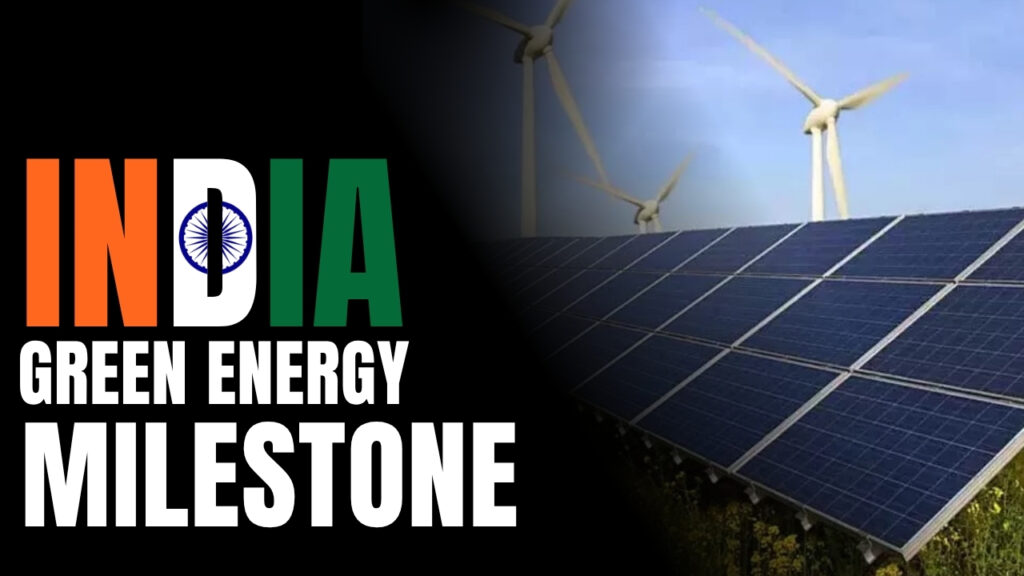DAILY CURRENT AFFAIRS IAS | UPSC Prelims and Mains Exam – 28th July – 2025
rchives (PRELIMS Focus) Ceasefire agreement Democratic Republic of Congo (DRC) and M23 rebels Category: INTERNATIONAL Context: A ceasefire agreement in Doha, Qatar, between the Democratic Republic of Congo (DRC) and the Rwanda-backed M23 rebels Both sides committed to a “permanent ceasefire” and pledged to engage in dialogue, including the voluntary return of refugees and displaced persons. This deal follows years of intense conflict, especially after a renewed M23 offensive seized key cities like Goma and Bukavu in early 2025. Despite the breakthrough, the ceasefire is considered fragile due to several factors: Lack of International Support: Analysts warn that without strong international backing, the peace process could falter, as previous mediation attempts failed until Qatar’s surprise intervention. Ground Realities: Violence and mistrust persist, with the M23 threatening to resume fighting unless certain conditions are met, and some rebels have stated they will not retreat from their positions. Control and Administration: The M23 and its allies control vast territories in North and South Kivu provinces, raising concerns about security and the government’s ability to protect civilians. Deep-rooted Grievances: The conflict stems from overlapping ethnic, political, and economic issues, with external actors accused of supporting armed groups for their own interests. Key questions on disarmament and reintegration remain unresolved. Humanitarian Crisis: The long-running conflict has caused widespread displacement, leaving thousands in dire conditions. Learning Corner: Rebel Group Country/Region M23 (March 23 Movement) Democratic Republic of Congo TPLF (Tigray People’s Liberation Front) Ethiopia Taliban Afghanistan Houthis (Ansar Allah) Yemen PKK/YPG/Kurdish Groups Turkey, Syria, Iraq, Iran FARC (Revolutionary Armed Forces of Colombia) Colombia ISIS (Islamic State) Iraq, Syria, Global Source: THE HINDU Glacial Lake Outburst Flood (GLOF) Category: GEOGRAPHY Context: India’s preparation against Glacial Lake Outburst Flood (GLOF) events A recent GLOF event in Nepal caused significant damage and led to the destruction of the Seti River’s bridge, emphasizing the rising risk of GLOF events in the Himalayas. India, particularly in the Himalayan region, is working to mitigate these risks through measures like improving early warning systems, monitoring glacial lakes, and strengthening infrastructure to resist such disasters. The National Disaster Management Authority (NDMA) is focused on enhancing mitigation efforts using scientific tools, including satellite technology and remote sensing data to predict GLOF events. Moreover, transboundary cooperation between India and Nepal is emphasized, given the shared watersheds and increasing risks from glacial lakes. Both countries have faced catastrophic GLOF events, and regional collaboration is critical for developing solutions to manage such risks effectively. India’s efforts include research on glacial lakes and climate patterns, community involvement in preparedness programs, and using advanced technologies like SAR interferometry for better risk assessment. However, the effectiveness of these strategies will depend on the continuous monitoring and collaboration between neighboring nations. Learning Corner: Natural Disasters in the Himalayan Region Type Description Examples Earthquakes Due to tectonic collision between Indian and Eurasian plates; region is seismically active 2015 Nepal Earthquake, 2005 Kashmir Earthquake Landslides Triggered by intense rainfall, deforestation, or seismic activity; frequent in steep terrains Kedarnath disaster (2013), frequent in Uttarakhand & Sikkim Glacial Lake Outburst Floods (GLOFs) Sudden release of water from glacial lakes due to moraine breach or heat Chamoli disaster (2021), Lhonak Lake threat in Sikkim Flash Floods Caused by cloudbursts or sudden glacial melt Leh flash floods (2010), Himachal flash floods (2023) Avalanches Sudden snow slides, especially in higher altitude regions during winters 2022 Gulmarg Avalanche, 2023 Siachen Avalanche Cloudbursts Intense, localized rainfall (>100 mm/hr) causing devastating floods and landslides Kedarnath (2013), Kinnaur (2021), Amarnath (2022) Source: THE HINDU Brownian motion Category: SCIENCE AND TECHNOLOGY Context : Scientists at the California Institute of Technology (Caltech) have developed a groundbreaking microscope technique that enables real-time observation of molecular motion down to tens of angstroms Instead of imaging individual molecules directly, this new method detects them indirectly by analyzing how they interact with light and leveraging Brownian motion—the random jittering caused by molecular collisions. Key components of the method include: Use of a streak camera to track nanoscale dynamics with picosecond-level speed. Observation of an ensemble of molecules (hundreds of billions at once), with enough precision to infer individual molecular motion. A non-intrusive, label-free, and fast imaging process, making it suitable for applications in biomedical research, disease diagnostics, and nanomaterial fabrication. The technique involves directing a laser through a sample, then capturing the scattered light using a system that includes a digital micromirror device (DMD) and the streak camera. The interaction patterns and fluctuations in light provide information about molecular size and movement. This is now the world’s fastest single-molecule imaging technique, offering new possibilities in visualizing molecular behavior at unprecedented speeds and precision, without the need for fluorescent labels or direct visual observation. Learning Corner: Brownian Motion Brownian motion refers to the random, irregular movement of microscopic particles suspended in a fluid (liquid or gas), resulting from collisions with the fast-moving molecules of the fluid. Key Features: Discovered by: Robert Brown (1827), who observed pollen grains in water moving randomly under a microscope. Explained by: Albert Einstein (1905), who mathematically modeled it and linked it to molecular theory. Confirmed by: Jean Perrin, whose experimental work validated Einstein’s equations and helped establish the existence of atoms. Scientific Significance: Evidence of molecular motion: Brownian motion provided strong proof for the kinetic theory of matter, supporting the atomic nature of substances. Statistical mechanics: It is a cornerstone concept in the development of modern statistical and quantum physics. Mathematical modeling: Brownian motion forms the basis of stochastic processes, including Wiener processes in probability theory. Applications: Colloidal stability analysis Stock market modeling (in financial mathematics) Diffusion studies in chemistry and biology Source : THE HINDU Chola dynasty Category: HISTORY Context Prime Minister Narendra Modi, during the Aadi Thiruvathirai festival at Gangaikonda Cholapuram, described the Chola dynasty as an “ancient roadmap” for realizing the vision of a developed India (Viksit Bharat). Military and Naval Strength: Highlighted the Cholas’ powerful navy and called for strengthening India’s maritime and defense capabilities. Cultural Unity: Praised the Cholas for fostering cultural integration, linking it to current initiatives like
DAILY CURRENT AFFAIRS IAS | UPSC Prelims and Mains Exam – 28th July – 2025 Read More »



